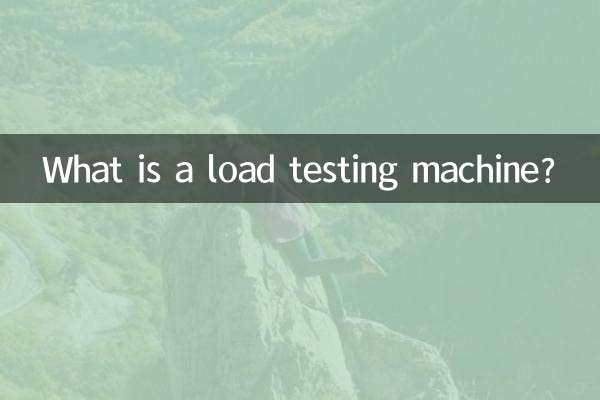What is an excavator stick?
In construction sites or mining operations, excavators are indispensable heavy machinery, and the bucket rod, as one of the core components of the excavator, is directly related to excavation efficiency and work performance. This article will introduce the function, structure, material and common problems of the excavator stick in detail, and help readers fully understand this key component through structured data.
1. Definition and functions of excavator stick

The excavator stick (also known as the boom or arm) is an important component that connects the excavator bucket and the main arm. It is mainly used to control the digging depth and angle of the bucket. Its main functions include:
1.Transmit power: The hydraulic system drives the movement of the bucket to realize excavation, loading and other actions of the bucket.
2.Adjustment range: The length and range of movement of the bucket arm determine the operating radius and depth of the excavator.
3.bear load: During the excavation process, the bucket rod needs to withstand huge reaction forces from soil, rocks and other materials.
2. The structure and material of the bucket rod
The bucket arm is usually welded from high-strength steel, and its structural design needs to take into account both lightweight and durability. The following are the main components of a stick:
| components | Function description | Common materials |
|---|---|---|
| main frame | Support the overall structure | Q345B high strength steel |
| Hydraulic cylinder connection points | Install a hydraulic cylinder to drive the arm movement | 40Cr alloy steel |
| Bucket pin hole | Connect the bucket and transmit torque | 42CrMo wear-resistant steel |
| Reinforcement ribs | Improve bending and torsion resistance | Same material as the main body |
3. Common problems and maintenance of bucket rods
The stick may fail due to wear or overload during long-term use. The following are typical problems and solutions:
| Question type | Possible reasons | Solution |
|---|---|---|
| Weld cracking | Fatigue stress or material defects | Re-weld and reinforce |
| Pin wear | Insufficient lubrication or intrusion of impurities | Grease regularly |
| Hydraulic cylinder oil leakage | Seal aging | Replace oil seal |
| deformation | overload | Correct or replace the stick |
4. Comparison of technical parameters of sticks
Different models of excavator stick parameters vary greatly. The following is the comparative data of common models:
| Excavator model | Dipper length (mm) | Maximum digging force (kN) | Applicable working conditions |
|---|---|---|---|
| CAT 320 | 5800 | 160 | Earthworks |
| Komatsu PC200 | 6000 | 145 | Mine |
| Volvo EC220 | 5600 | 150 | Comprehensive construction |
5. Things to note when purchasing a bucket stick
When replacing or purchasing a stick, you need to pay attention to the following points:
1.Compatibility: Make sure the bucket rod matches the excavator model, including pin hole diameter, hydraulic interface, etc.
2.Material certification: Choose high-strength steel with ISO or CE certification.
3.After-sale guarantee: Give priority to suppliers that provide warranty services.
Conclusion
The performance of the excavator stick directly affects the working efficiency of the entire machine. Understanding its structural principles and maintenance methods can help extend the life of the equipment. Through the data comparison and problem analysis in this article, we hope to provide practical reference information for engineering practitioners.

check the details

check the details